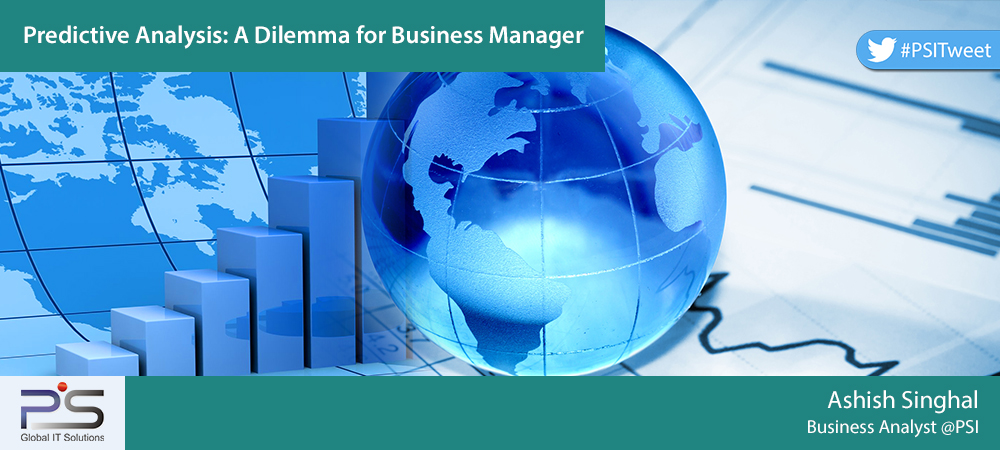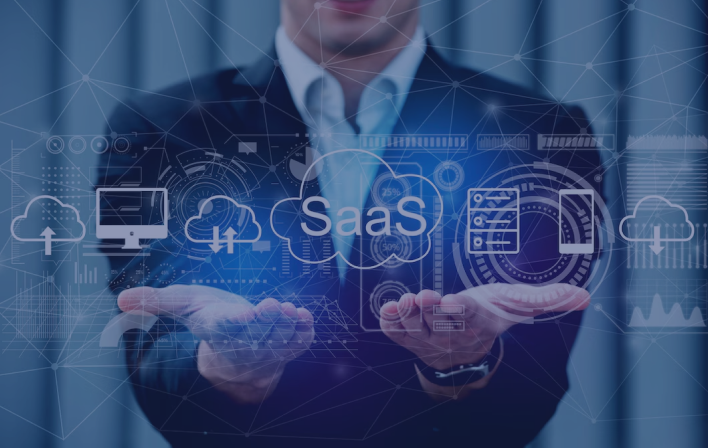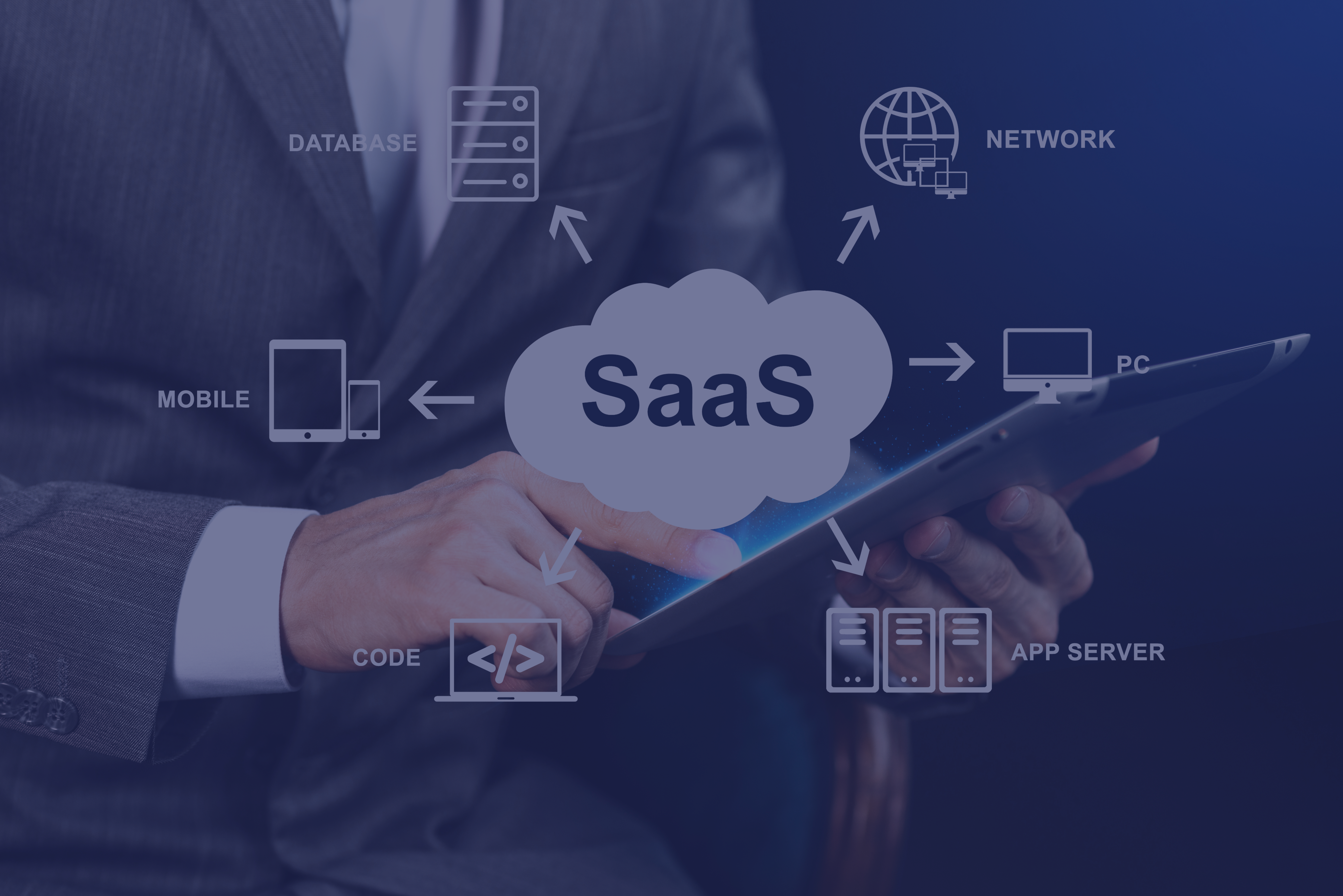Today everybody is talking about Predictive Analysis. If you are a Business Manager it will surely excite you as well. However before you go ahead; you should answer the three basic questions. Why? How? and What are the risks?
Why?
We humans don’t have the abilities to capture and analyze data from the future. But predictive analysis helps us to foretell future using the data from the past. Questions like what amount of sales will a particular product generate in coming years, will this customer continue to buy specific volumes in future; all these need to be answered. Predicting the next year’s sales figures, the effects of particular product campaigns on the customer mindset, all are forms of predictive analysis.
The analysis is not simply magic it requires large volumes of past data, some statistical calculations, and few assumptions as well.
How?
Once you plan to include predictive analysis in your business model, the major points to be pondered over are:
- The data sources used in the analysis
- Does the collected sample truly represent the population
- The scale followed for data distribution and its effects
- The major assumptions used in the analysis
- The validity of the hypothesis in the model
- The underlying factors which may make the assumptions invalid in a situation
Past Data: The data about customer’s buying behaviour, their payment modes, past purchases, the product attributes, customer’s demographic characteristics, all are required. The various customer touchpoints are monitored to capture data. Though a cumbersome job, but it’s required to have an individual customer data warehouse as a prerequisite asset for predictive analysis.
Statistical Analysis: Correlation and regression analysis form the basis of any prediction. The first step is to generate a hypothesis about the relationship of the variables in consideration. Next, the statistical tool is used to arrive at a significant relationship and generate a basic equation for it. The regression coefficients are used to generate the scores for predicting the likelihood of the occurrence of an event. So now, from a sample of events you can forecast about the general population without even collecting data for them. A cost effective and proactive strategy for the organisation.
Assumptions: The analysis on the whole depends on the assumptions, hypothesis and other underlying factors. The assumptions in a particular equation model are of utmost relevance. The main point of assumption is that the future will be in line with the past; i.e. the events in future will occur in same pattern as in past. But basic nature of time (dynamic in nature) itself makes assumptions invalid. Another assumption could be about the key variables included in the analysis. The variable attributes may change over a period of time, they may become irrelevant or might not relate with other factors in the equation. Many a times, a key variable is not included in the equation itself.
What are the risks?
The predictive models are not always 100% accurate. We need to make few assumptions which might or might not stay relevant after a due course of time. The analyst might even miss to model few parameters which are rare but their impact is huge. The biggest example is the global financial crisis of 2007-8. It was triggered by the bursting of the U.S. housing bubble and easy availability of credit fuelled by large inflows of foreign funds. This resulted in damage for financial institutions globally. The financial models had not considered a major variable of radical change in prices of housing sector. Next mortgage repayments predictions were flattered, leading to unearth the hidden assumptions of the model. As a manager one needs to question the analysts about the major assumptions and their validity in the future. Continuous monitoring of the variables is the need of the hour.
Though one cannot comment accurately on these points but still use analytics to predict about the future. One needs to collect the right data, use right statistical tool and assume correctly. However, predictive analysis is difficult to use but provides accurate results than just imagining about a future situation.
Image Courtesy: diginomica.com, dwglobalinvestments.com
Today everybody is talking about Predictive Analysis. If you are a Business Manager it will surely excite you as well. However before you go ahead; you should answer the three basic questions. Why? How? and What are the risks?
Why?
We humans don’t have the abilities to capture and analyze data from the future. But predictive analysis helps us to foretell future using the data from the past. Questions like what amount of sales will a particular product generate in coming years, will this customer continue to buy specific volumes in future; all these need to be answered. Predicting the next year’s sales figures, the effects of particular product campaigns on the customer mindset, all are forms of predictive analysis.
The analysis is not simply magic it requires large volumes of past data, some statistical calculations, and few assumptions as well.
How?
Once you plan to include predictive analysis in your business model, the major points to be pondered over are:
- The data sources used in the analysis
- Does the collected sample truly represent the population
- The scale followed for data distribution and its effects
- The major assumptions used in the analysis
- The validity of the hypothesis in the model
- The underlying factors which may make the assumptions invalid in a situation
Past Data: The data about customer’s buying behaviour, their payment modes, past purchases, the product attributes, customer’s demographic characteristics, all are required. The various customer touchpoints are monitored to capture data. Though a cumbersome job, but it’s required to have an individual customer data warehouse as a prerequisite asset for predictive analysis.
Statistical Analysis: Correlation and regression analysis form the basis of any prediction. The first step is to generate a hypothesis about the relationship of the variables in consideration. Next, the statistical tool is used to arrive at a significant relationship and generate a basic equation for it. The regression coefficients are used to generate the scores for predicting the likelihood of the occurrence of an event. So now, from a sample of events you can forecast about the general population without even collecting data for them. A cost effective and proactive strategy for the organisation.
Assumptions: The analysis on the whole depends on the assumptions, hypothesis and other underlying factors. The assumptions in a particular equation model are of utmost relevance. The main point of assumption is that the future will be in line with the past; i.e. the events in future will occur in same pattern as in past. But basic nature of time (dynamic in nature) itself makes assumptions invalid. Another assumption could be about the key variables included in the analysis. The variable attributes may change over a period of time, they may become irrelevant or might not relate with other factors in the equation. Many a times, a key variable is not included in the equation itself.
What are the risks?
The predictive models are not always 100% accurate. We need to make few assumptions which might or might not stay relevant after a due course of time. The analyst might even miss to model few parameters which are rare but their impact is huge. The biggest example is the global financial crisis of 2007-8. It was triggered by the bursting of the U.S. housing bubble and easy availability of credit fuelled by large inflows of foreign funds. This resulted in damage for financial institutions globally. The financial models had not considered a major variable of radical change in prices of housing sector. Next mortgage repayments predictions were flattered, leading to unearth the hidden assumptions of the model. As a manager one needs to question the analysts about the major assumptions and their validity in the future. Continuous monitoring of the variables is the need of the hour.
Though one cannot comment accurately on these points but still use analytics to predict about the future. One needs to collect the right data, use right statistical tool and assume correctly. However, predictive analysis is difficult to use but provides accurate results than just imagining about a future situation.
Image Courtesy: diginomica.com, dwglobalinvestments.com[:]









